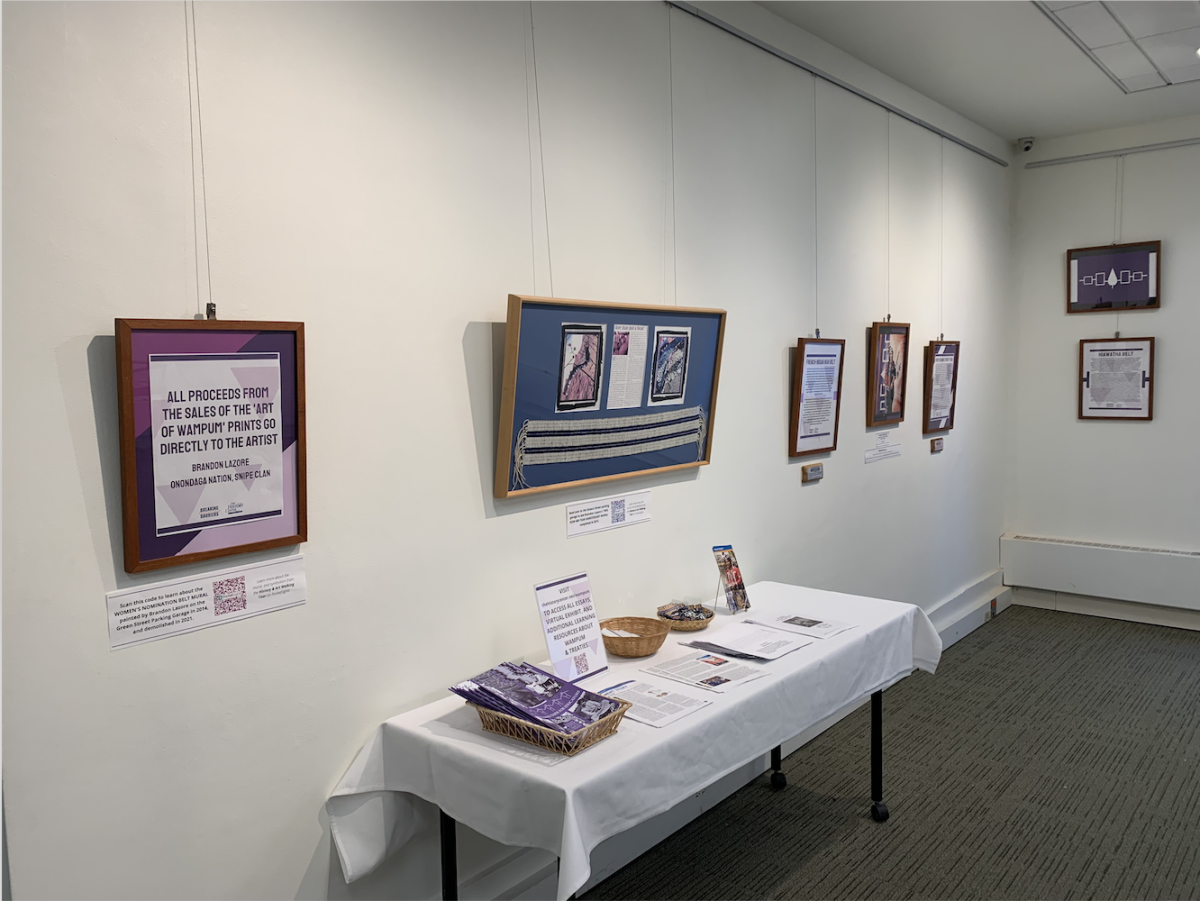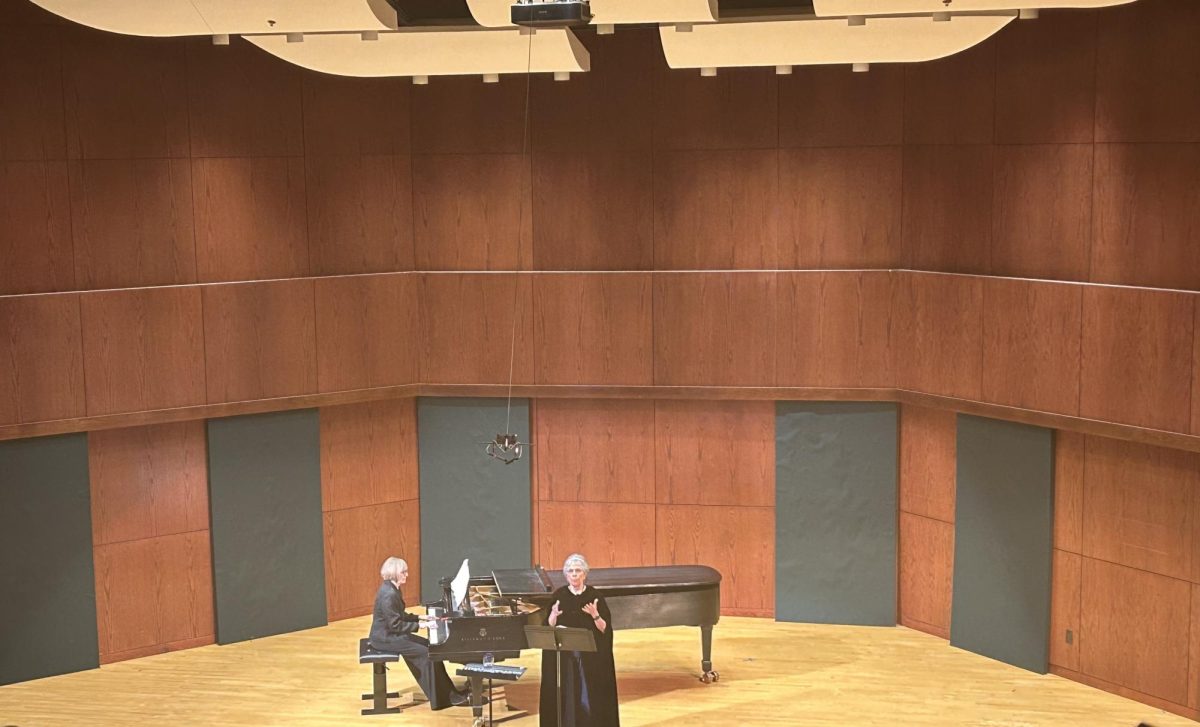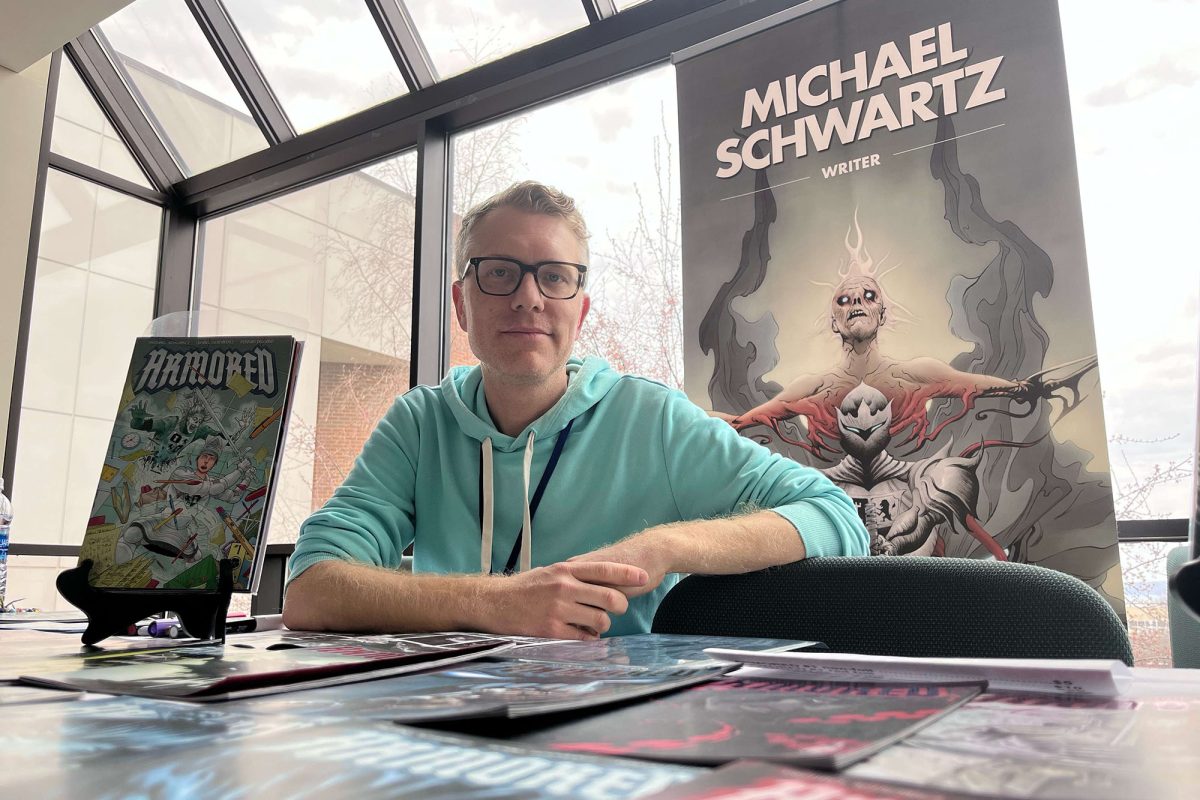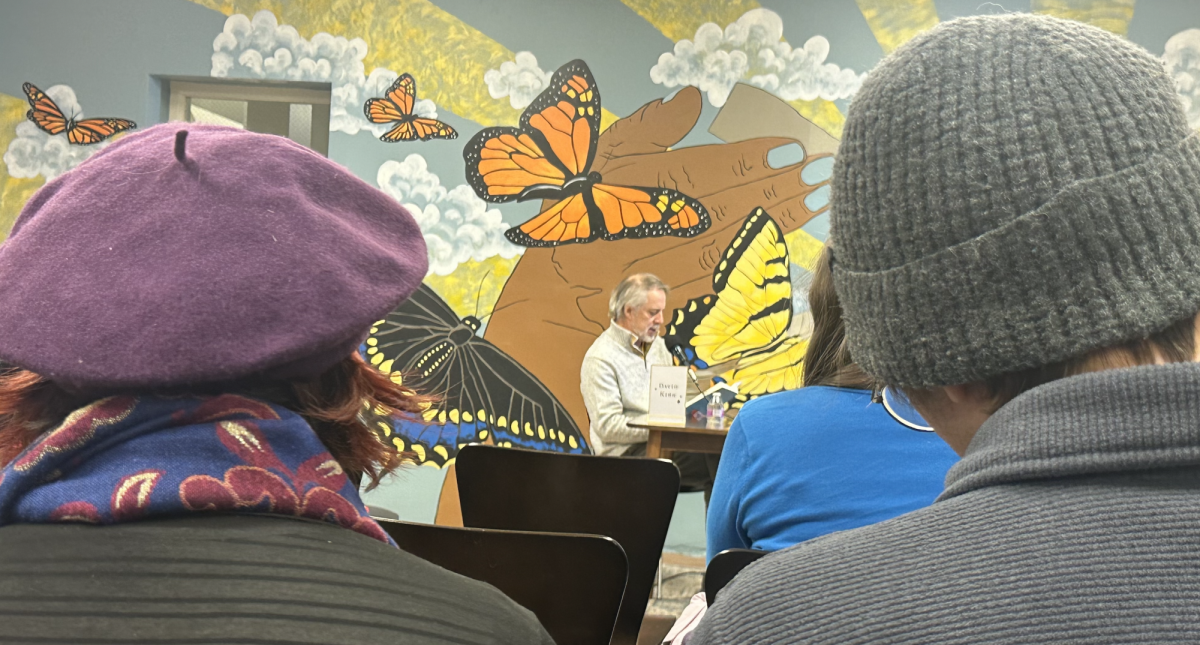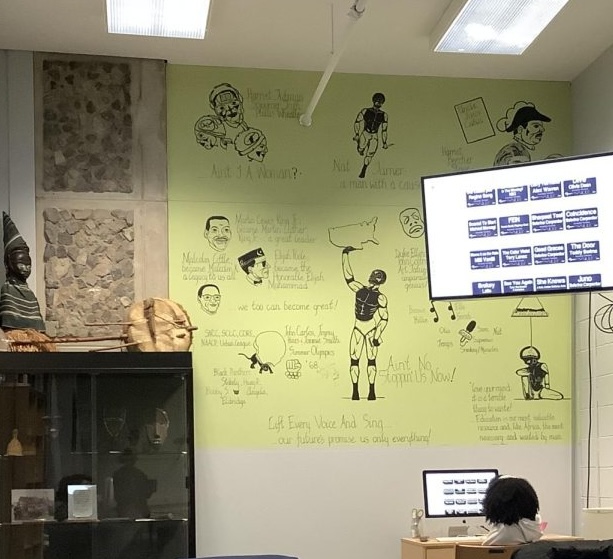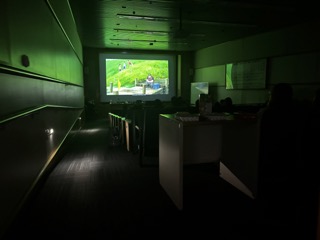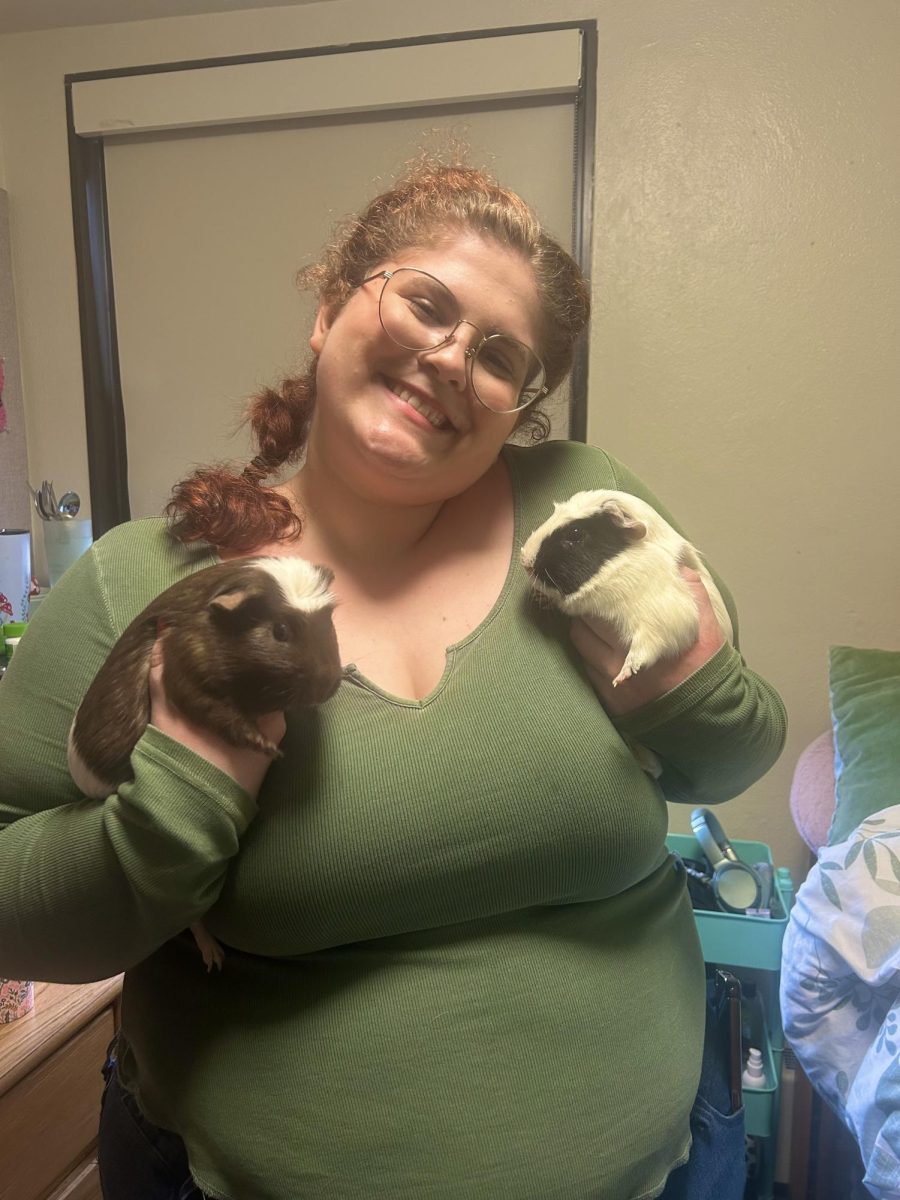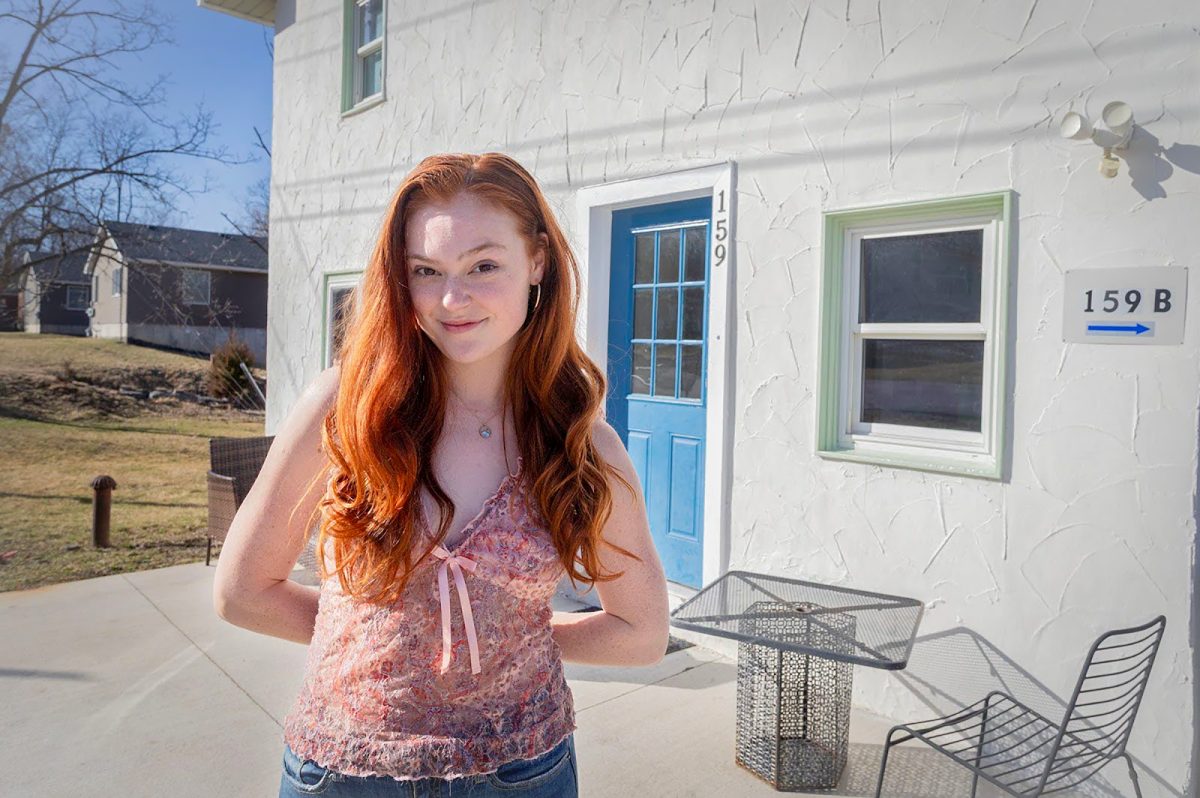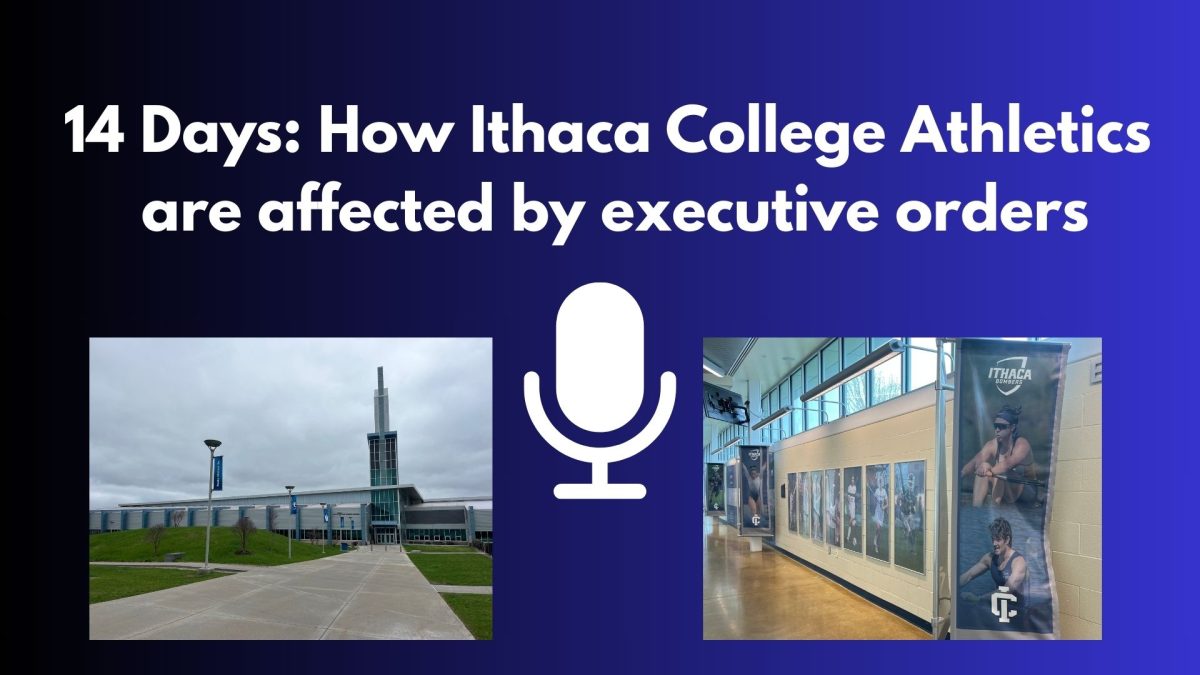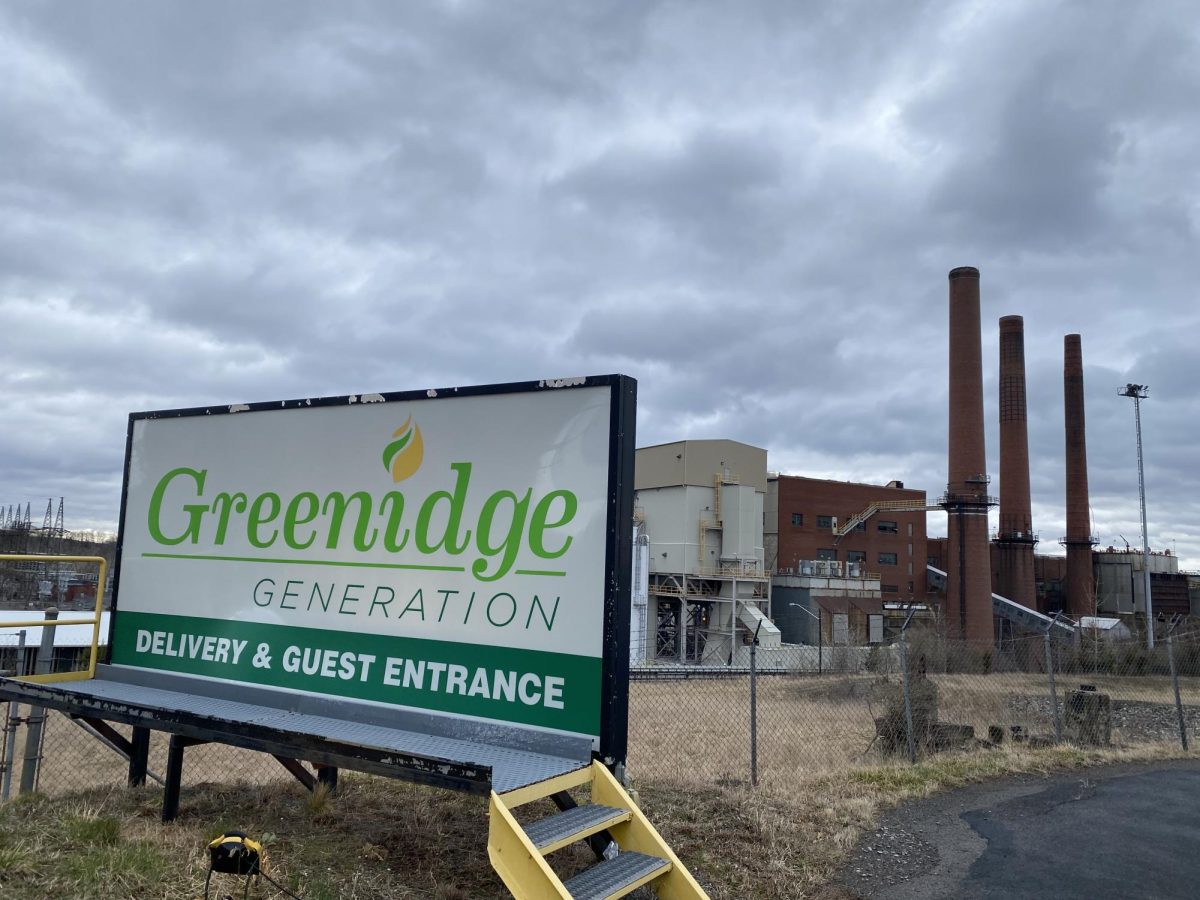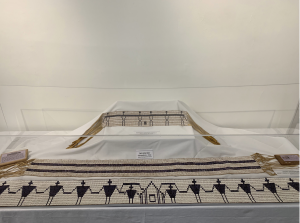
The History Center in Tompkins County has been collaborating with indigenous leaders and educators for over a decade to include indigenous programming and representation in its space. In honor of Native American Heritage month, the center created an exhibit to educate the community on the history and tradition of Wampum belts, an indigenous craft which serves both as political doctrine, and storyteller.
On Nov. 5, the center opened its “Art of Wampum” exhibit, which is located in the Community Arts Partnership (CAP) ArtSpace of the Tompkins Center for History & Culture. The gallery opened with a lecture from Rich Hammel, replica wampum weaver and docent at the Seneca Art & Culture Center, on the history of the wampum beads, belts, traditions. Although he is not indigenous, he has been working with indigenous groups and nations for decades as an educator and replica weaver.
Along with Hamell’s replica belts on display, the exhibit also includes wampum inspired native art by Brandon Lazore of the Onondaga Nation, and Bruce King of the Oneida Nation. Prints of their work are also available in the center’s gift shop, with 100% of the proceeds going back to the artists. The exhibit is also available virtually, as well as additional resources for educators regarding the Wampum tradition. The exhibit also includes an interactive community tapestry frame where visitors can take part in weaving.
https://www.youtube.com/watch?v=HJh-go9Yb9o
The History of Wampum
Wampum are carved beads made from white and purple edged mollusks. The beads are then woven and strung into symbolic designs and patterns that represent historic events, government agreements, and a storytelling device for ceremonial oral traditions.
The tradition of Wampum, and its ability to serve as a keepsake of sacred history, are critical components for understanding our local and national history. Zoe Van Nostrand, marketing and visitor experience coordinator for the history center, co-curated the “Art of Wampum” exhibit. Nostrand was explicit in her intention for the community to understand this history.
“My hope is that people will reconnect with some of that narrative that is often not remembered and not practiced in conscious and good faith, and to make people re-familiarize themselves with the native land that they’re living on, that they’re learning on, and that they’re teaching on,” said Nostrand. “And to reconsider the different ways to integrate some of those older political agreements, which have some really wonderful foundational thoughts behind them, and bring them more into modern life.”

“We are all treaty people”
The idea to curate this exhibit evolved this spring as access to funds within the center opened up. The center knew that they wanted to redirect as many funds as possible into community collaborations, particularly for communities hit hard by COVID, and other cultural factors going on.
Another inspiration for Nostrand was the demolition of Brandon Lazore’s women’s nomination belt mural on the Green street parking garage, which began undergoing reconstruction this summer. It was important to the center to honor Lazore’s work by tying the history and the modern lived experiences of people in the community and native people living in the region.
“It’s this huge awareness of the legacy of the land that we’re on,” said Nostrand. “There were human agreements, and human discussions, and human stories on this land that we call Tompkins County for centuries before the founding of America even was a glimmer. We are connecting to the history of Tompkins County but we’re also not limited to when the county was named by colonizing settlers. We’re looking at the history of humans that predates colonization.”
The center acknowledges that all of its programming occurs on the traditional and contemporary lands of the Gayogo̱hó:nǫ’ Nation (often known by the mispronunciation Cayuga), one of the Six Nations of the Haudenosaunee Confederacy.

